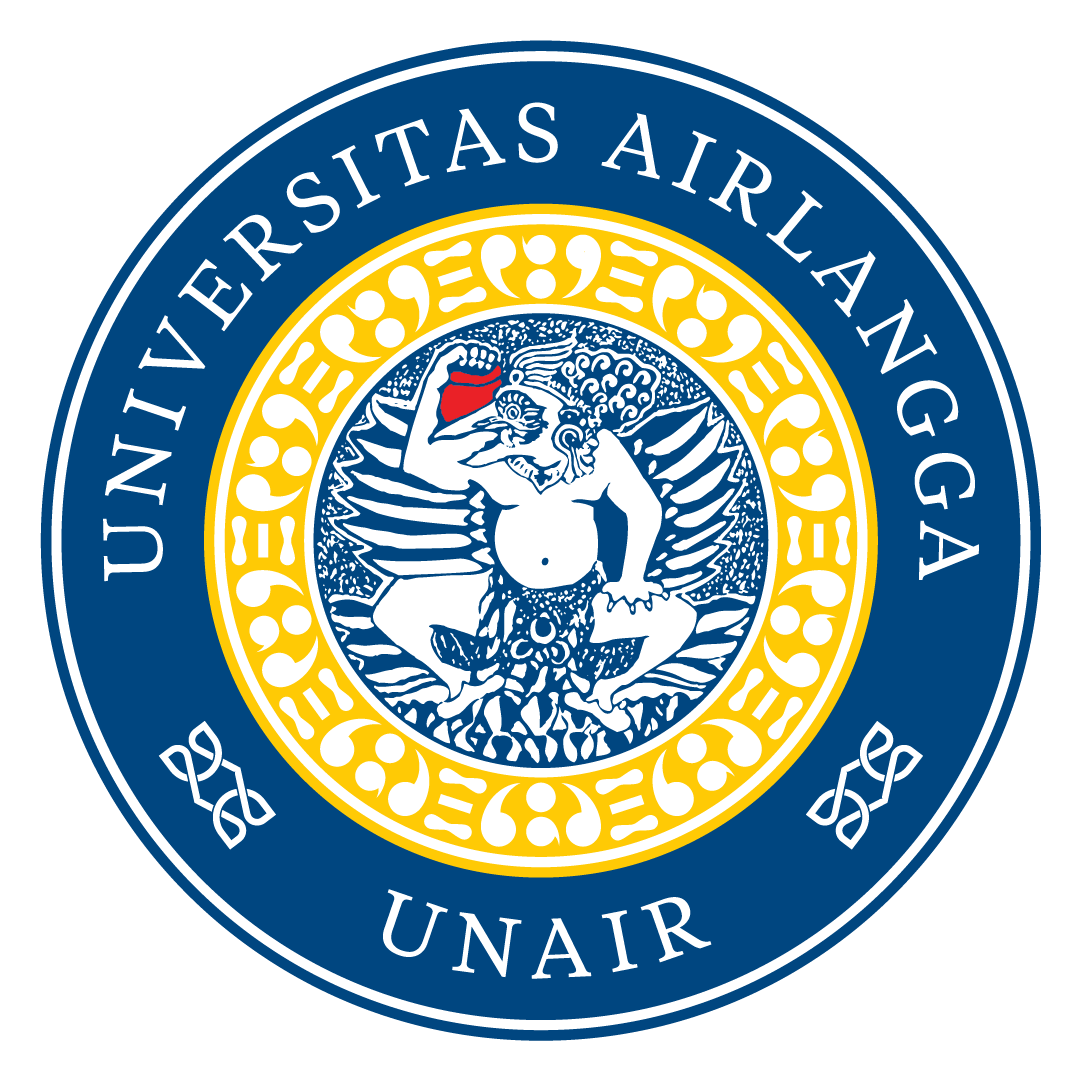Module designation | Integer Linear Programming (MAT215) | ||||||||||||||
Semester(s) in which the module is taught | 4th | ||||||||||||||
Person responsible for the module | Asri Bekti Pratiwi, M.Si. | ||||||||||||||
Language | Indonesian | ||||||||||||||
Relation to curriculum | Compulsory / elective / specialisation | ||||||||||||||
Teaching methods | Lecture and lesson. | ||||||||||||||
Workload (incl. contact hours, self-study hours) | 3×170 minutes (3×50 minutes lecture and lesson, 3×60 minutes structural activities, 3×60 minutes self-study) per week for 16 weeks | ||||||||||||||
Credit points | 3 CP (4,8 ECTS) | ||||||||||||||
Required and recommended prerequisites for joining the module | Linear Programming (MAT203) | ||||||||||||||
Module objectives/intended learning outcomes | General Competence (Knowledge): Capable of constructing model and solving the integer linear programming. Specific Competence: student are able to 1. Describe the definition of integer linear programming. 2. Describe the assumption of integer linear programming and construct the model. 3. Solve the integer linear programming model using additive algorithm. 4. Solve the integer linear programming model using round-off method. 5. Solve the integer linear programming model using branch and bound method. 6. Solve the integer linear programming model using cutting plane method. 7. Solve the integer linear programming model using heuristic method. 8. Implement the integer linier programming method to solve the salesman travelling problem. 9. Implement the integer linier programming method to solve the knapsack problem.
| ||||||||||||||
Content | Introduction to integer linear programming, additive algorithm, round off, branch & bound, cutting plane, heuristic, travelling salesman problem, knapsack problem. | ||||||||||||||
Examination forms | Essay | ||||||||||||||
Study and examination requirements | Students are considered to pass if they at least have got a final score 40 (D). Final score is calculated as follows: 10% softskill+20% assignment + 10% Quiz + 29% midterm + 31% final exam.
Final index is defined as follow:
| ||||||||||||||
Reading list | 1. Taha, A.H., 2017, Operations Research An Introduction, Pearson, England. 2. Hiller, F.S. dan Lieberman, G.J., 2021, Introduction to Operations Research, Ed-11, McGraw-Hill, New York. 3. Winston, W.L., 2003, Operations Research, Applications and Algorithms, Ed.4, Duxbury Press, California. 4. Garfinkel, R.S. dan Nemhauser, G.L., 1972, Integer Programming, John Wiley & Sons. Inc, Canada. 5. Wosley, L.A., 1998, Integer Programming, John Wiley & Sons. Inc, Canada. |

